The Van Cat is one of the most beloved cultural symbols for Armenians. Not only is it mesmerizing to look at, it's also interpreted as a link back to their indigenous homeland in the what is now known as Eastern Turkey.
One of the oldest felines around, the Van Cat is named after the region it most commonly inhabits - Lake Van in the historical Armenian highlands. The lake was the center of several Armenian kingdoms dating back to around the 6th century. Akhtamar Island in Lake Van, houses a 10th century Armenian church called the Cathedral of the Holy Cross.
Though it's unclear how long the Van Cat has existed in the area, recent DNA analysis by researchers revealed that cats were domesticated around 10,000 years ago by the first farmers in the Near East.
A 2015 study indicated that Armenians and other isolated populations of the Near East like Cypriots and Lebanese Christians are more closely related to the Neolithic farmers who spread agriculture to Europe around 8,000 years ago than present-day inhabitants.
It is worth pointing out that while Turkic tribes and Kurds generally practiced and brought with them pastoral nomadism to the region (now referred to as Anatolia), Armenians, who were farmers and crafts people had been settled in the area since antiquity. The Armenian Genocide of 1915 systematically cleansed the area of its Armenian population.

1. It's Known as the "Swimming" Cat
Legend has it that the Van Cat was on board Noah's Ark when it came to rest on Mt. Ararat and left the ark to swim in the receding flood waters. Though it makes for a nice story, the Van Cat's habit of taking a dip in water while most cats run the other way at the sight of it, is more likely a sign of it adapting to its environment near Lake Van, the largest lake in the country.

2. It Has Different Colored or "Odd" Eyes
While cats born without it are also classified as Van Cats, many (including Armenians) regard Van Cats whose eyes are mismatched to be the true embodiment of the feline. One eye is green (or amber), while the other is blue. This is actually a condition called heterochromia, which occurs in humans too. It most commonly affects white cats.

3. The Van Cat is a "Land Race," not a breed of cat
Despite Western attempts to standardize the Van Cat as a breed (and with characteristics which people from the Near East do not recognize as "true"), it's actually a landrace, meaning that it's a naturally occurring, free-breeding animal "largely developed through adaptation to the natural environment and traditional production system in which it has been raised," according to the Food and Agricultural Organization of the United Nations.
Other animals that are part of the landrace classification include Shetland sheep and the St. John's water dog, a now extinct native of Newfoundland which the standardized breed of the Labrador Retriever descends from.

4. There's a Research Center Dedicated to the Van Cat
With fears that the cat was near extinction, the Van Cat Research Center was established at Yuzuncu Yil University in 1993 and a breeding program was initiated in order to increase Van Cat numbers. Open to visits from the public, the research center raises the kittens and prohibits them from being removed from the city.
Sometime in the 1990s, a statue of the Van Cat and her kitten was erected at the entrance of Van, officially becoming a symbol of the city.
5. Arshile Gorky Sculpted Van Cats
Famed artist Arshile Gorky was born in Khorkom (now Dilkaya), an Armenian village located on the shore of Lake Van and fled during the Armenian Genocide with his mother and sisters. He sculpted Van Cats as a child. In "Black Dog of Fate: The Life of Arshile Gorky" by Nouritza Matossian, his cousin Ado recalled him sculpting "incredibly delicate dogs and Van Cats. We were amazed since none of us could make them."

Gorky was not the only prominent Armenian involved in the arts who were fond the Van Cat - The writer Axel Bakunts as well as poet Paruyr Sevak have both referenced the cat in their work.

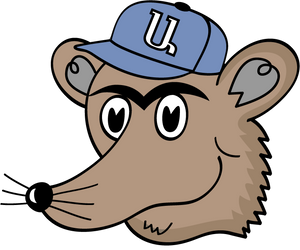


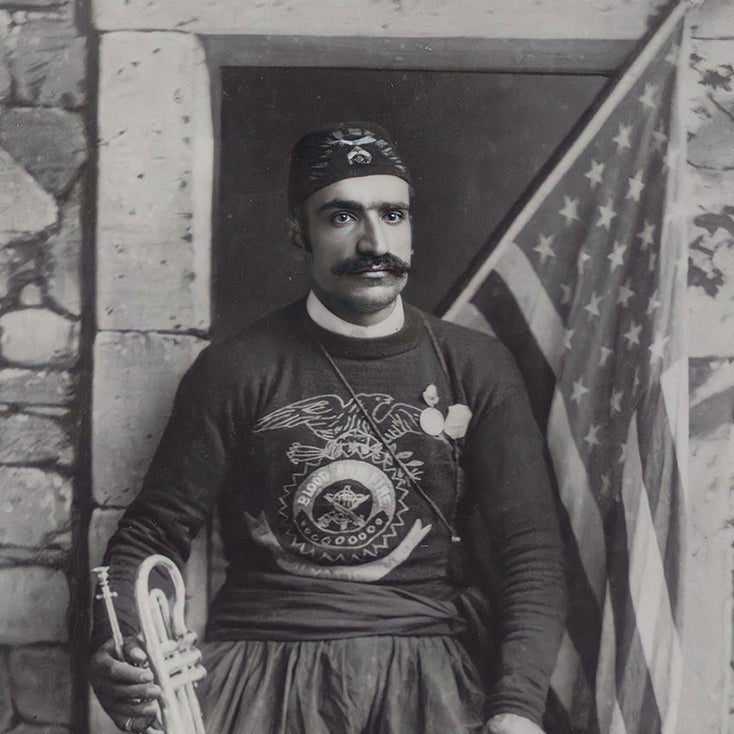
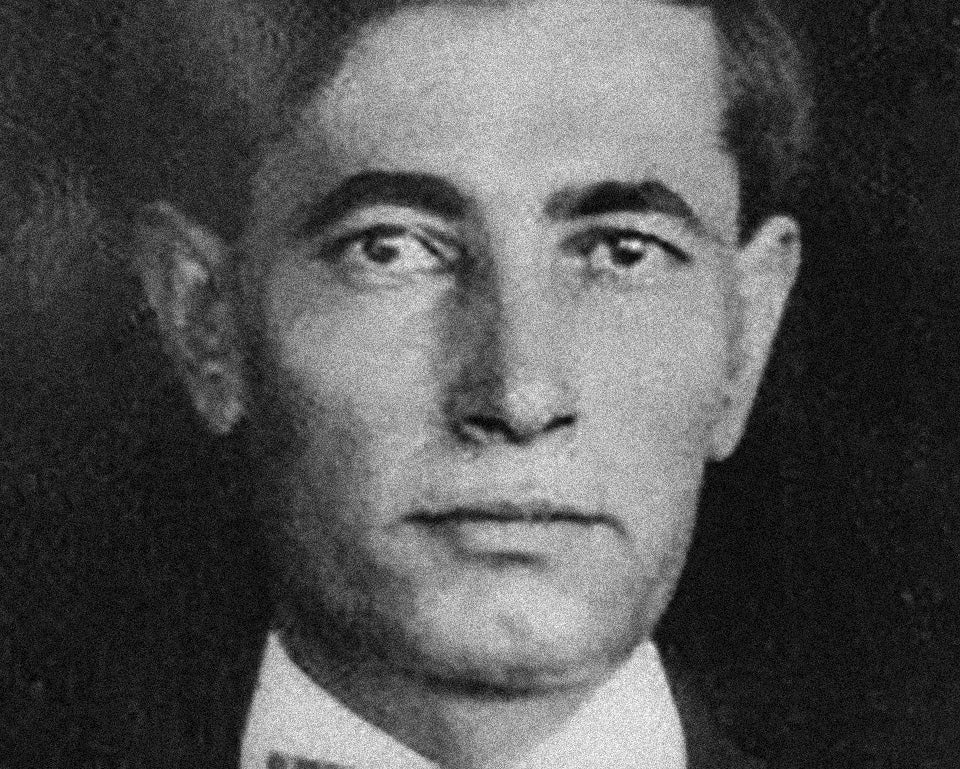
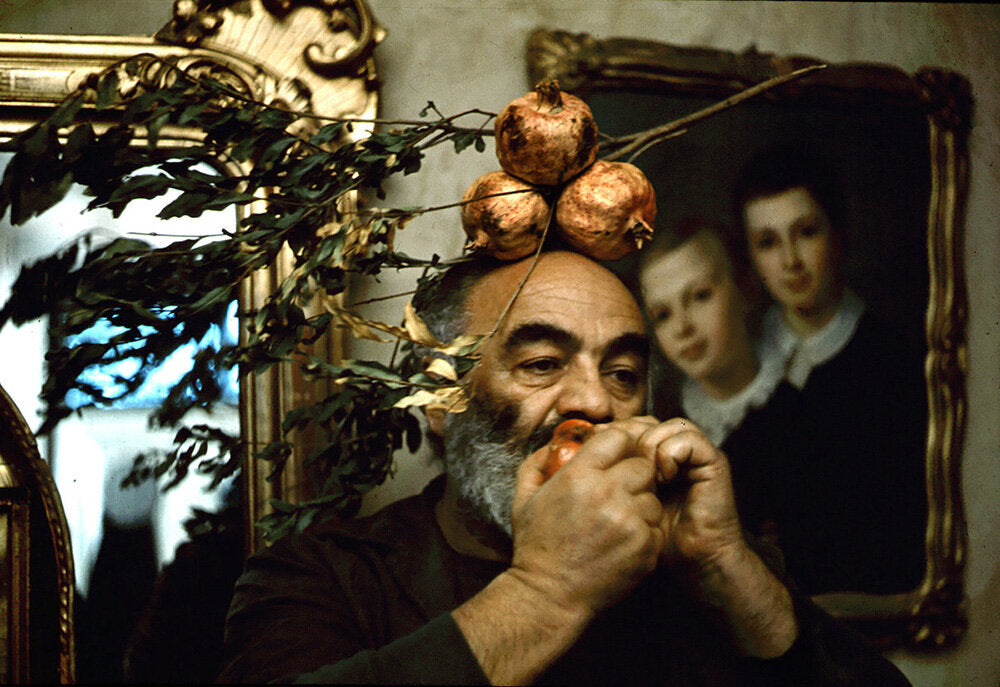
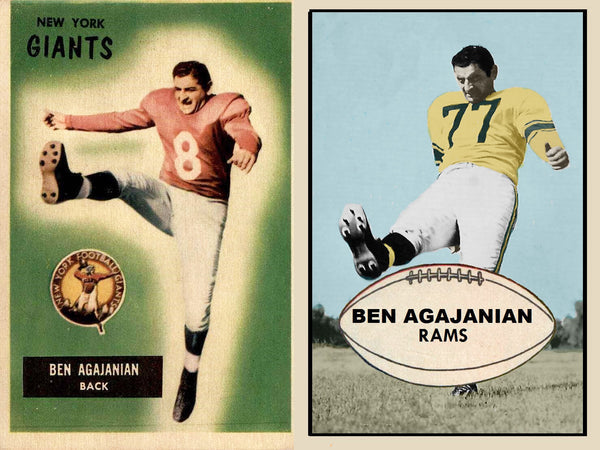

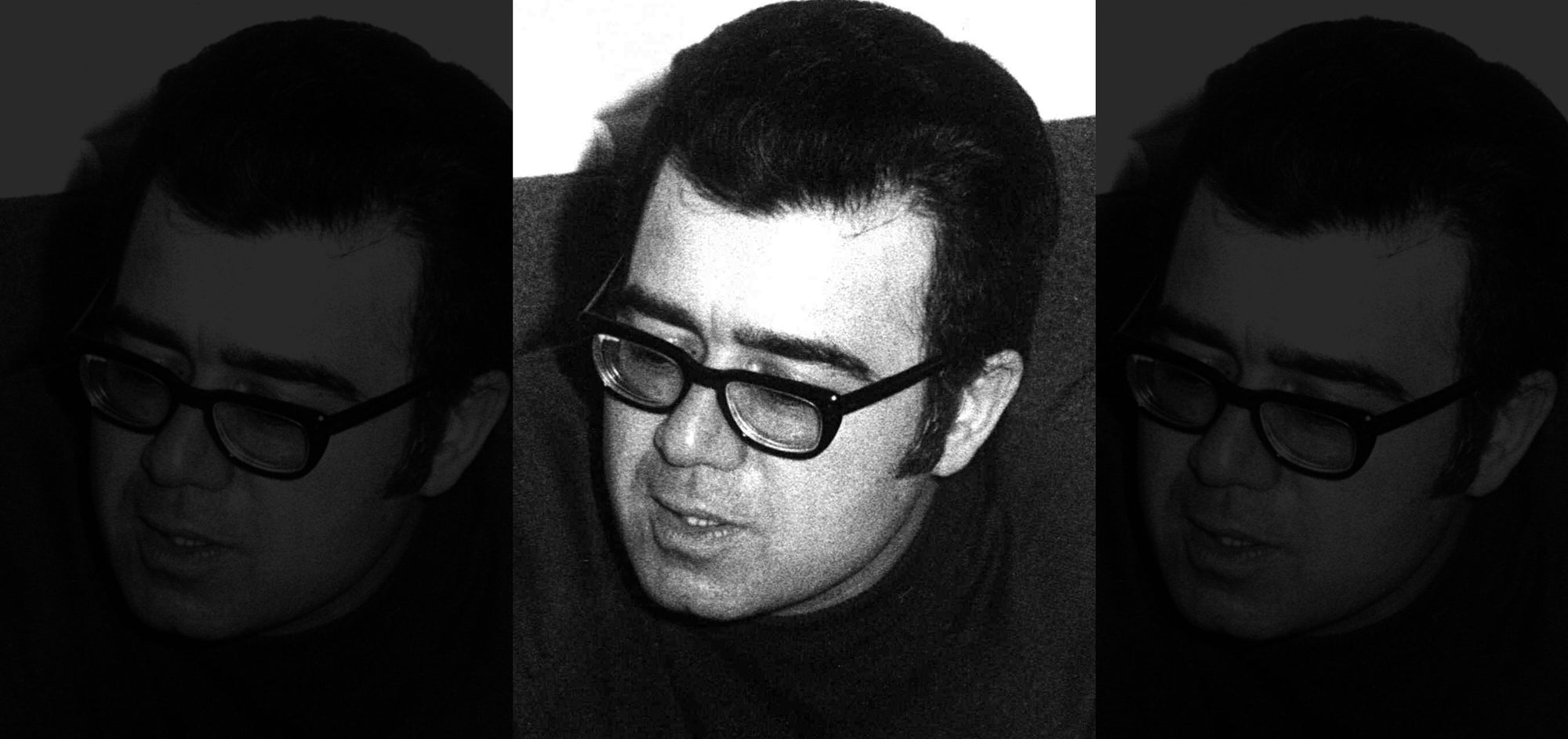
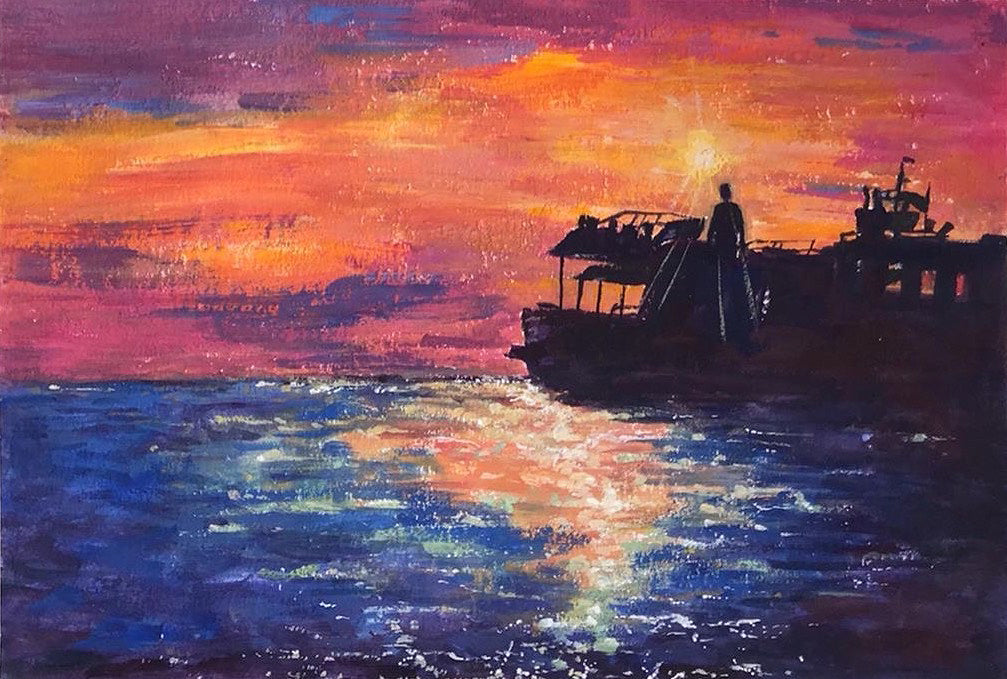
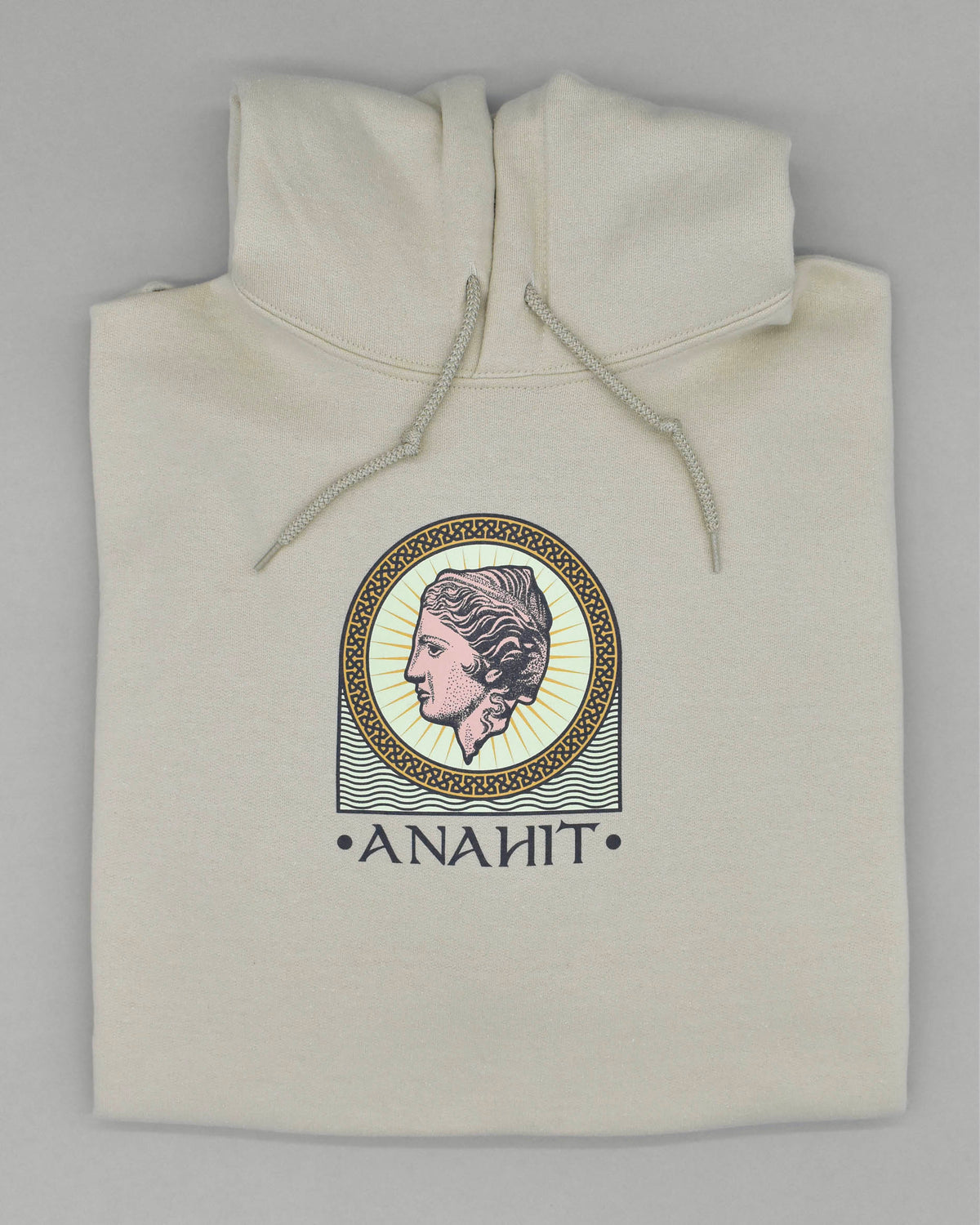

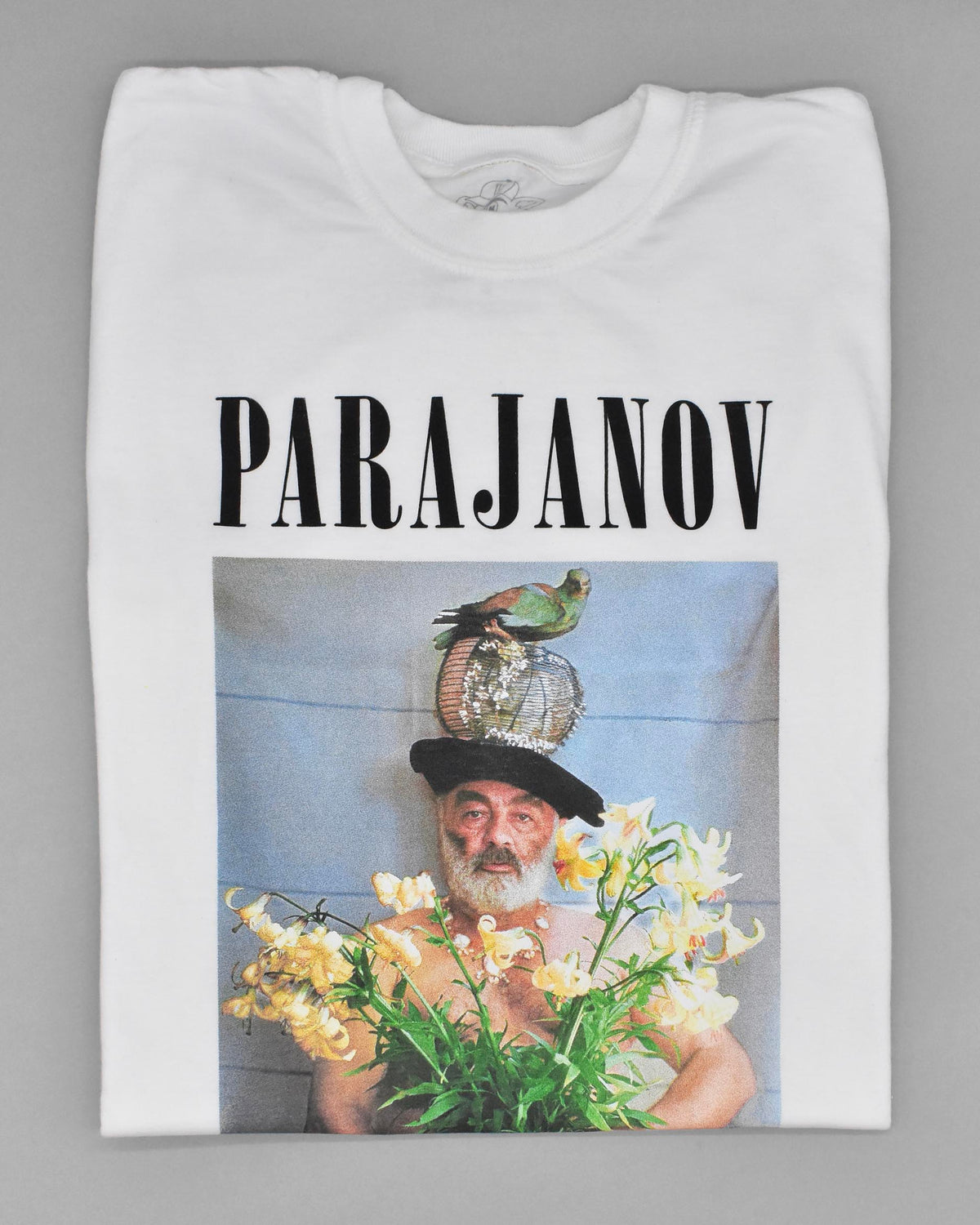
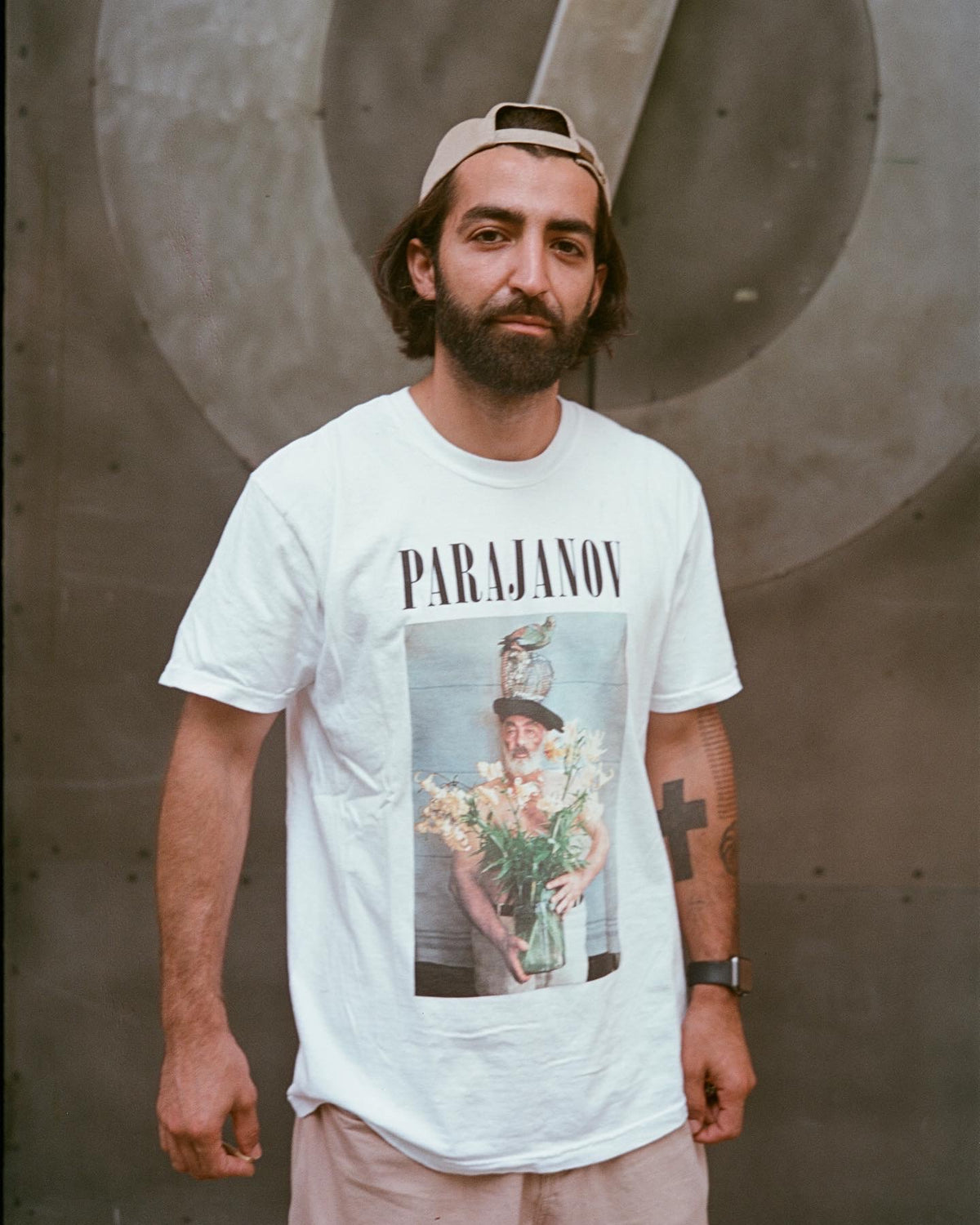
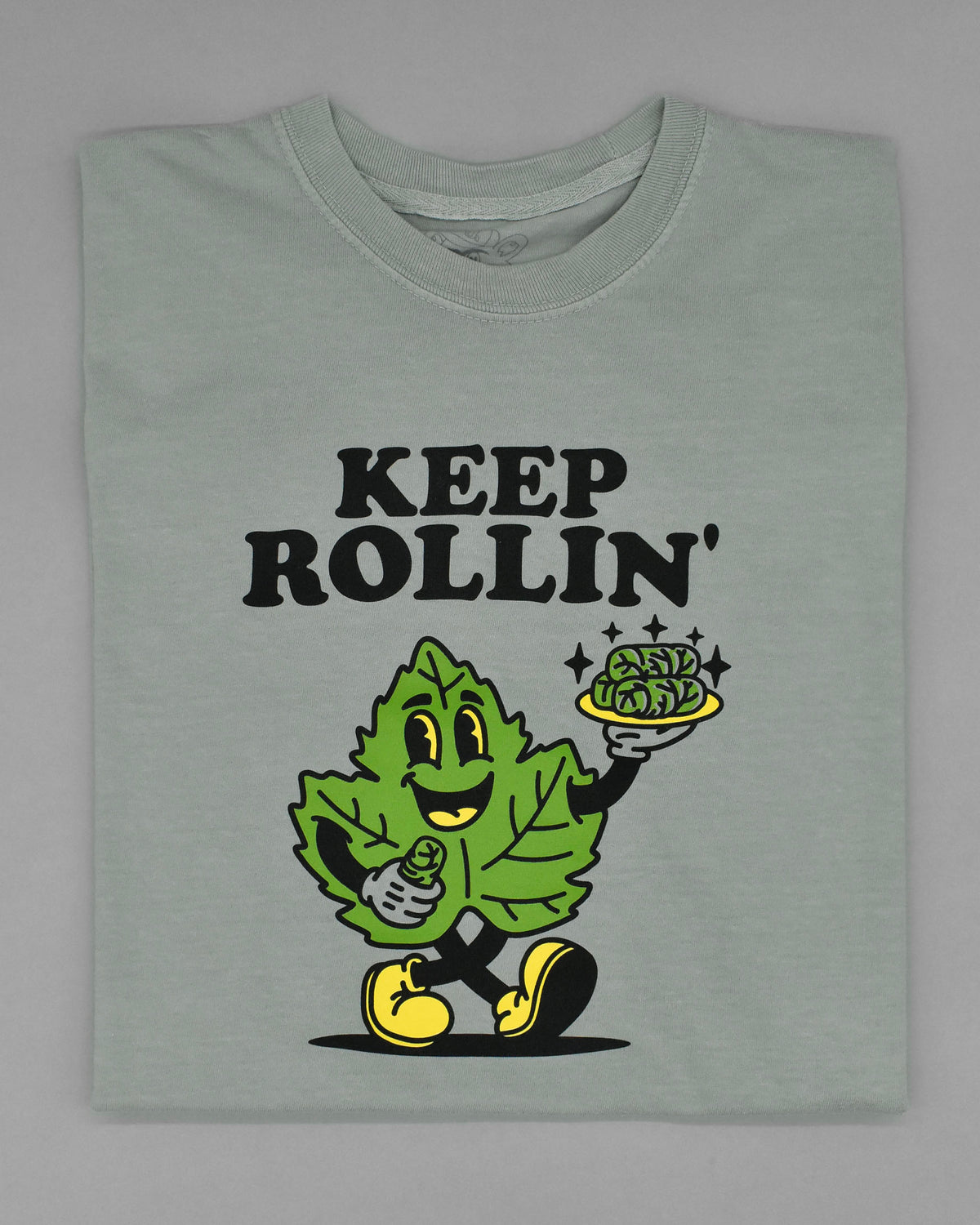
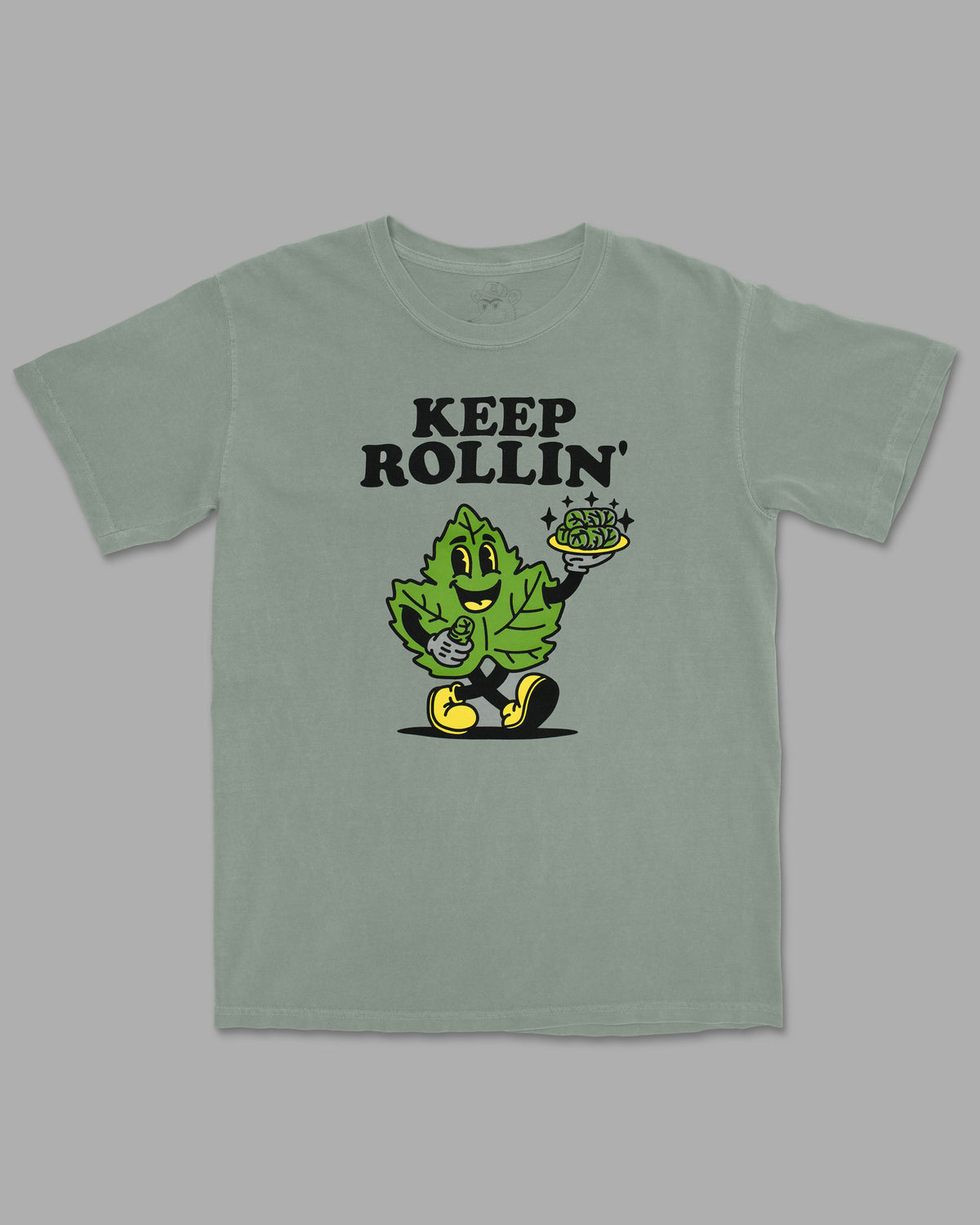
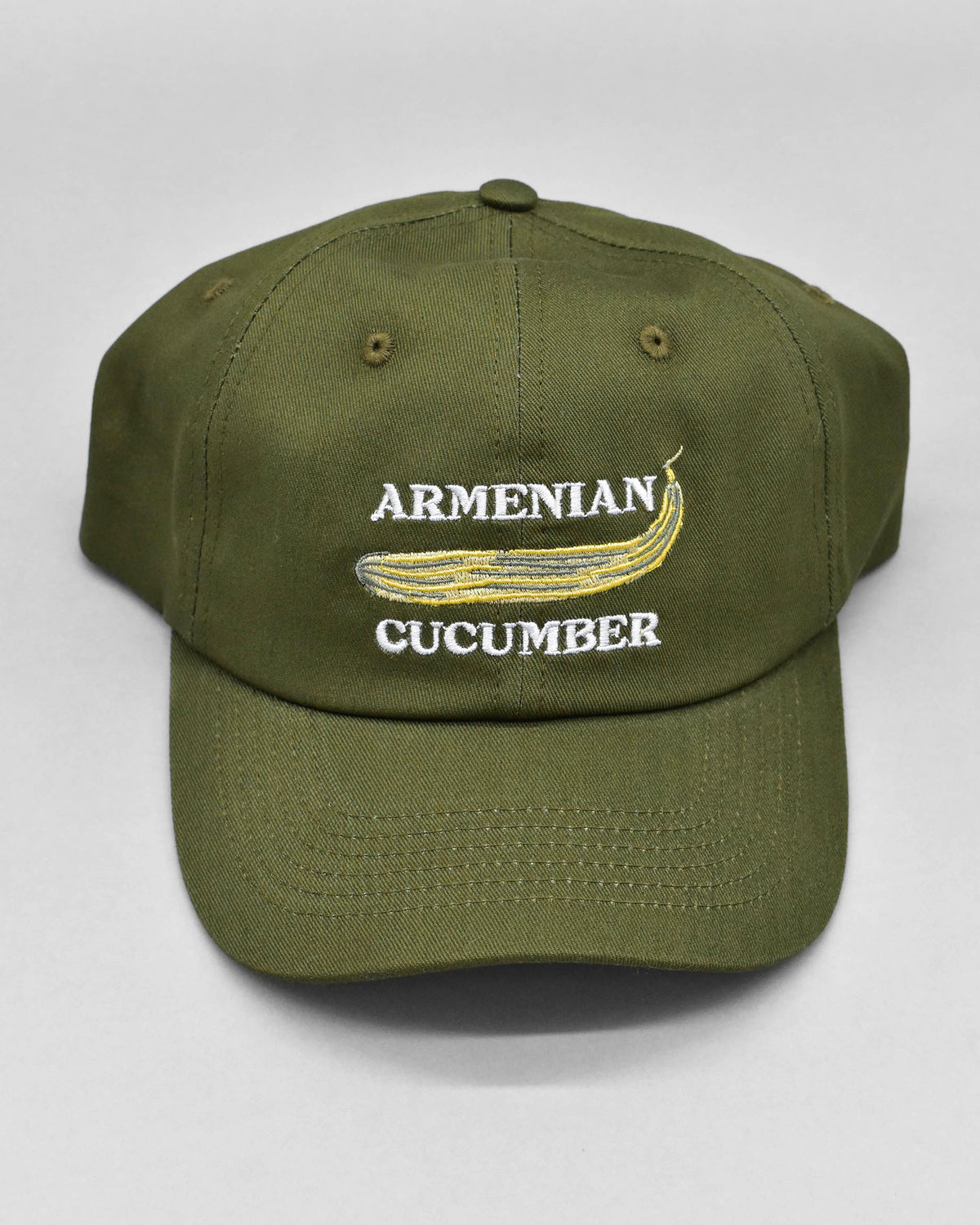
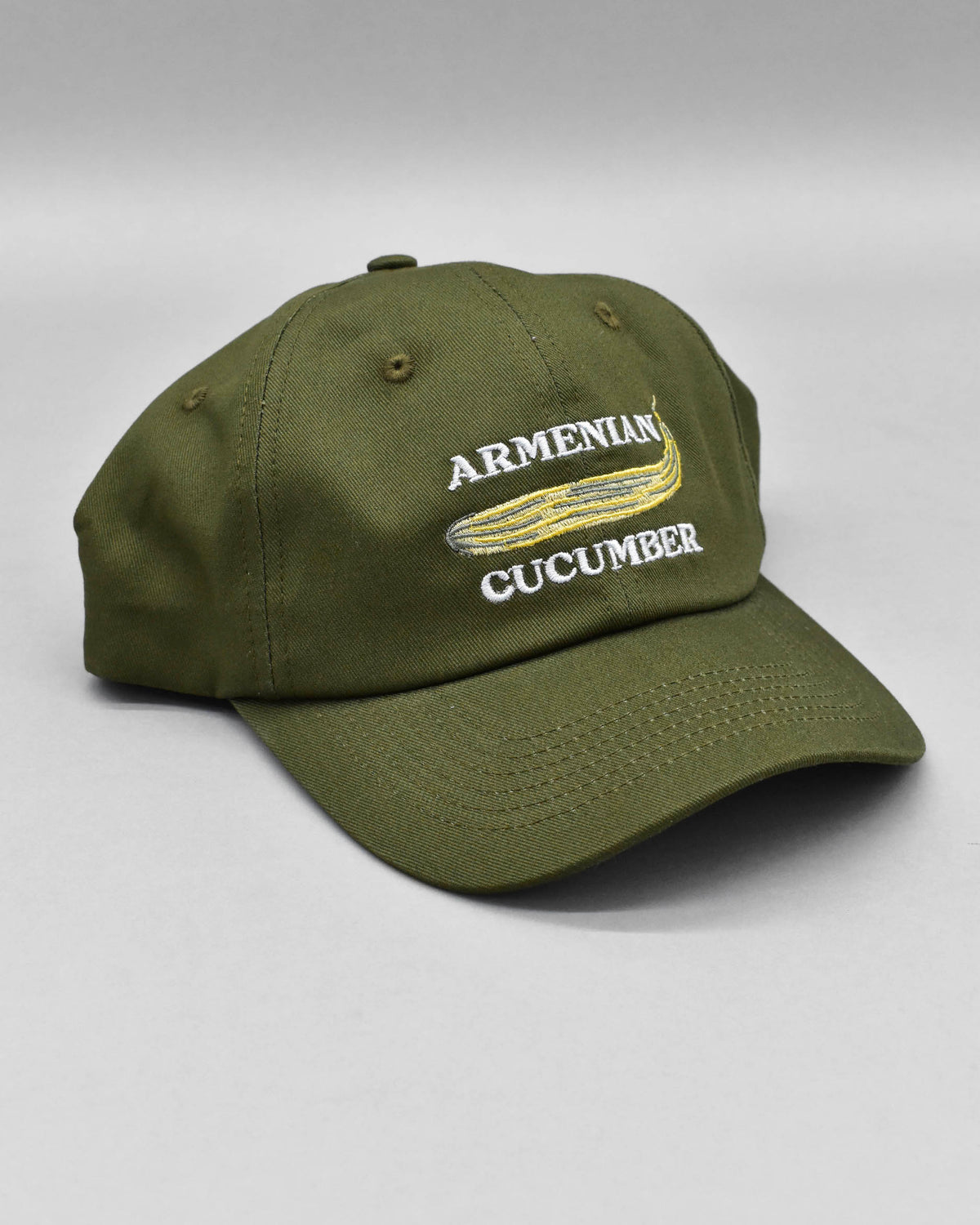
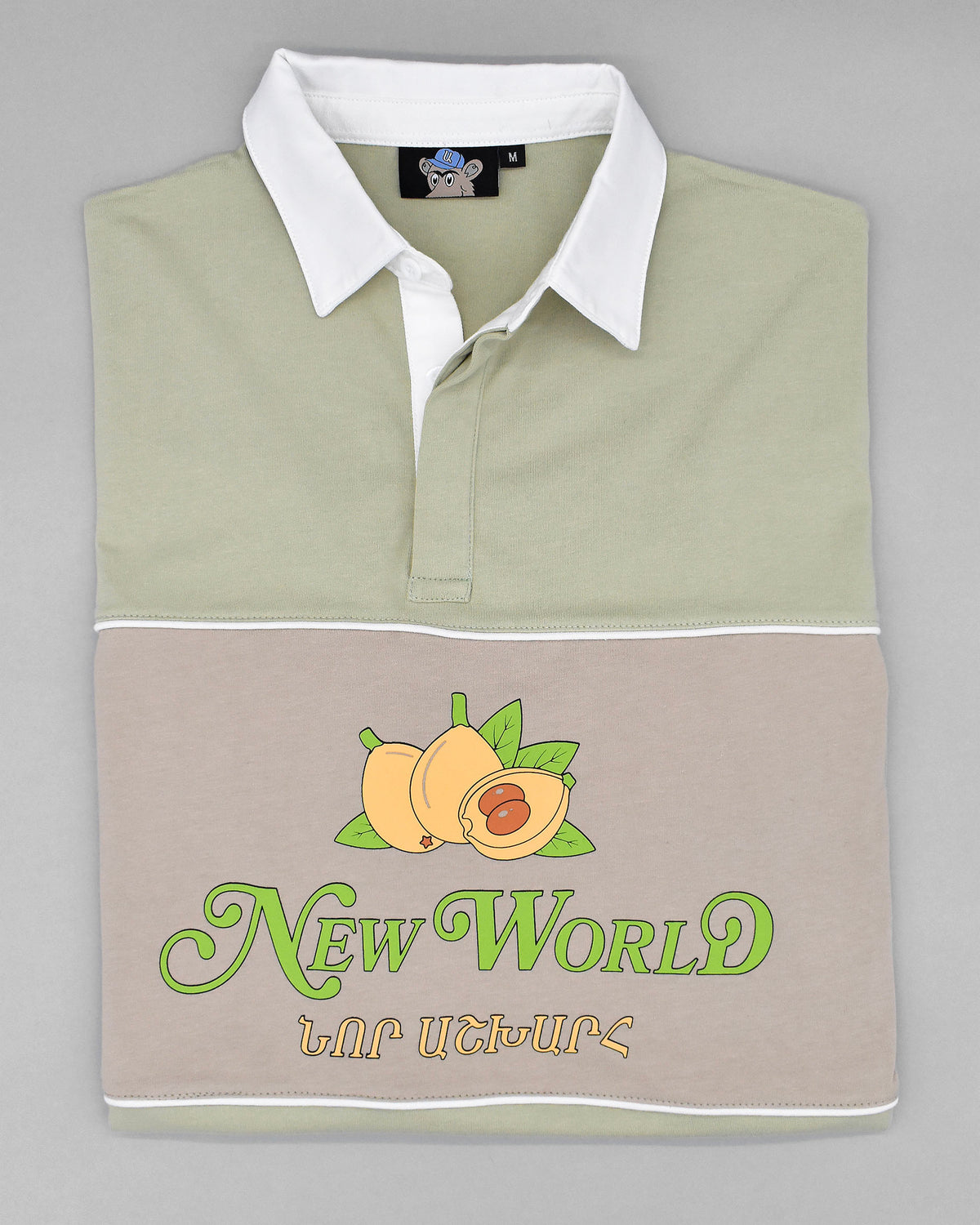
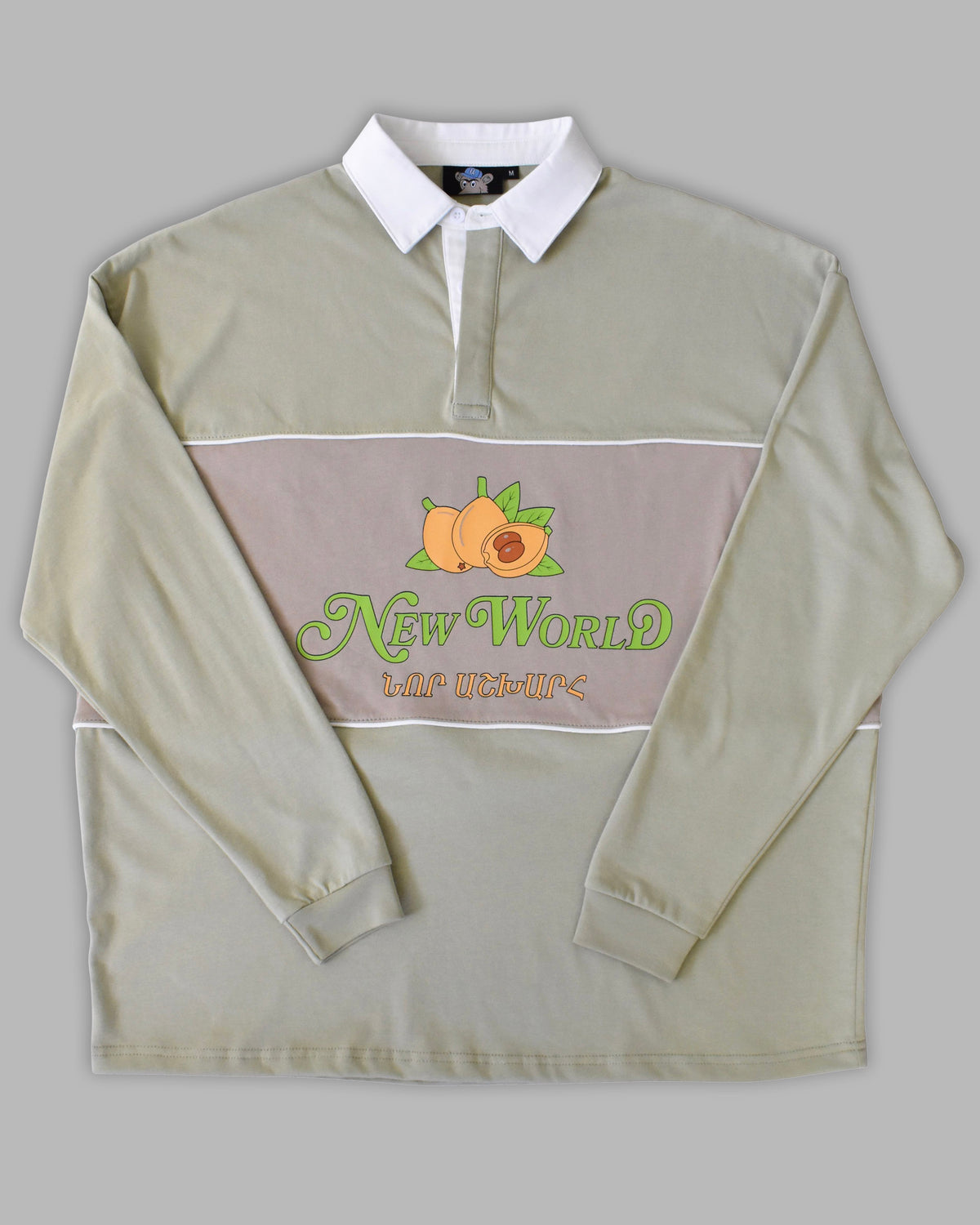
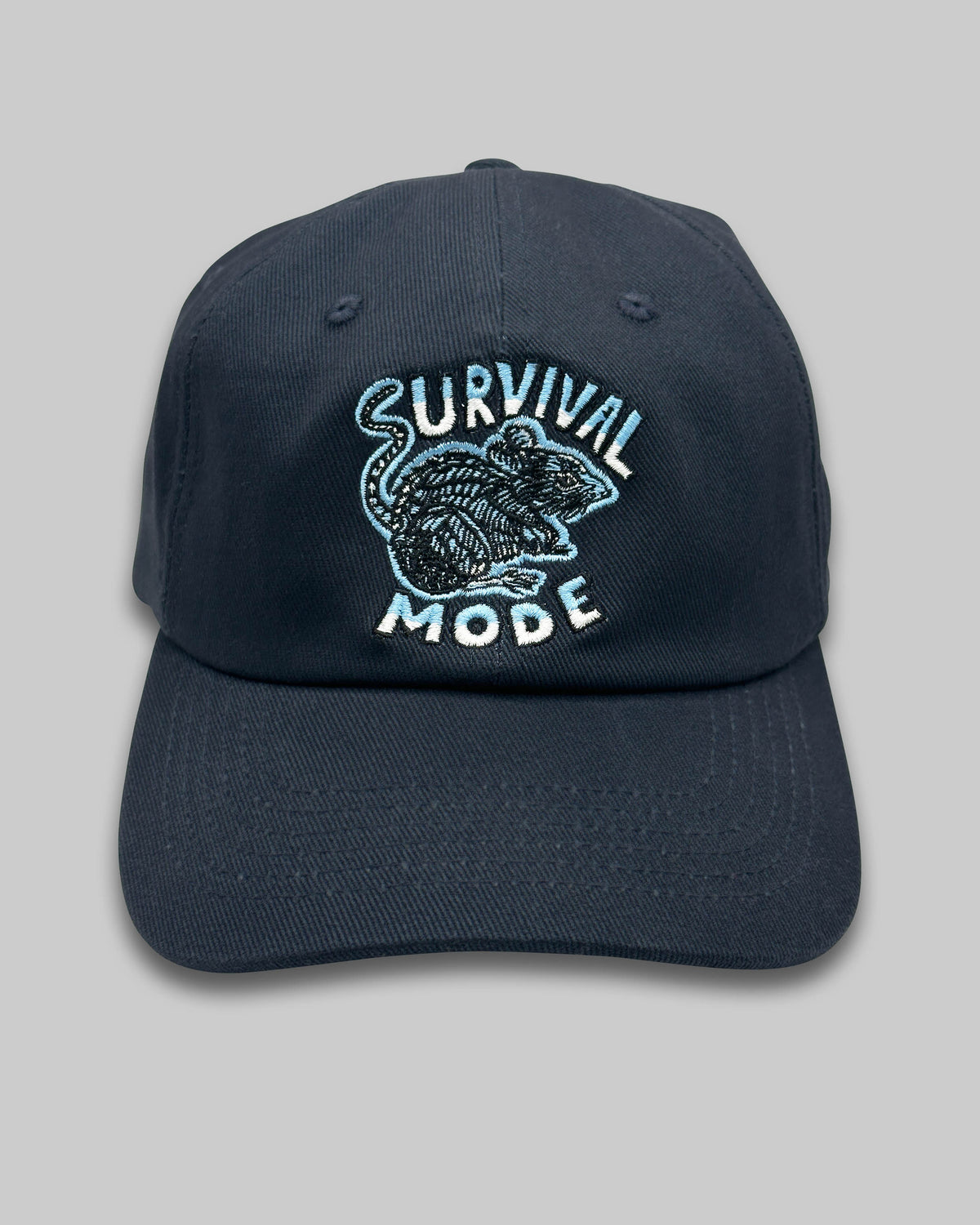
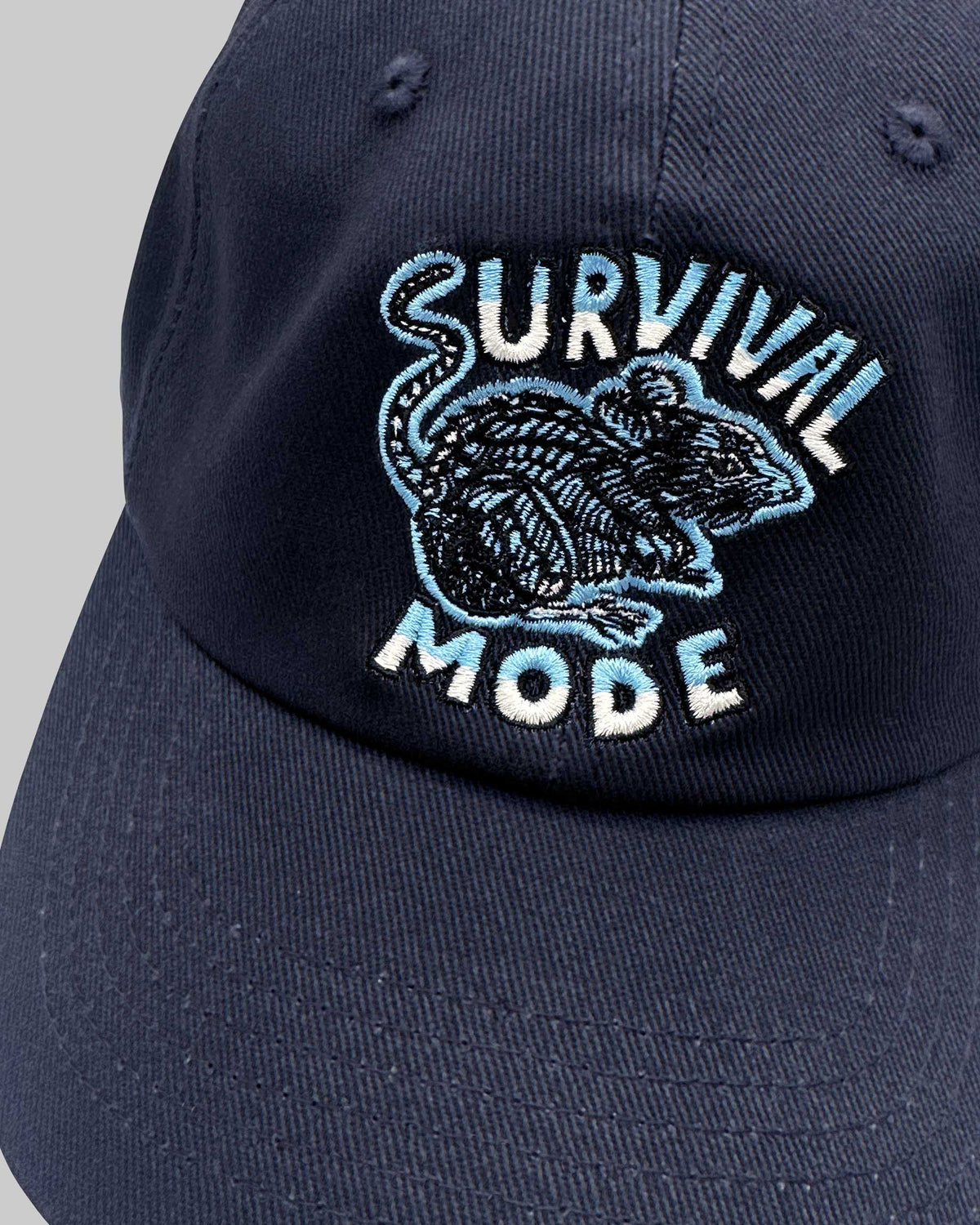
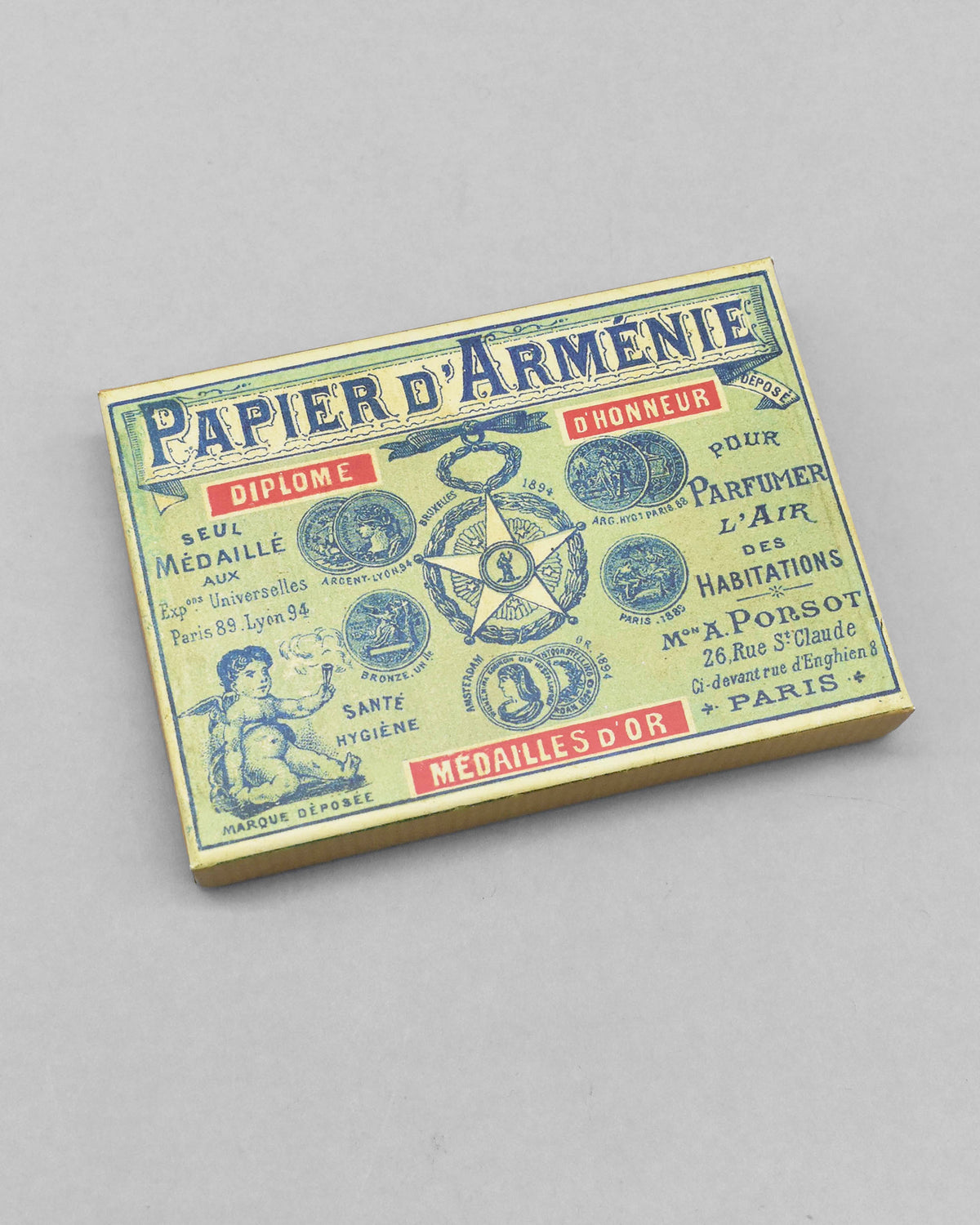
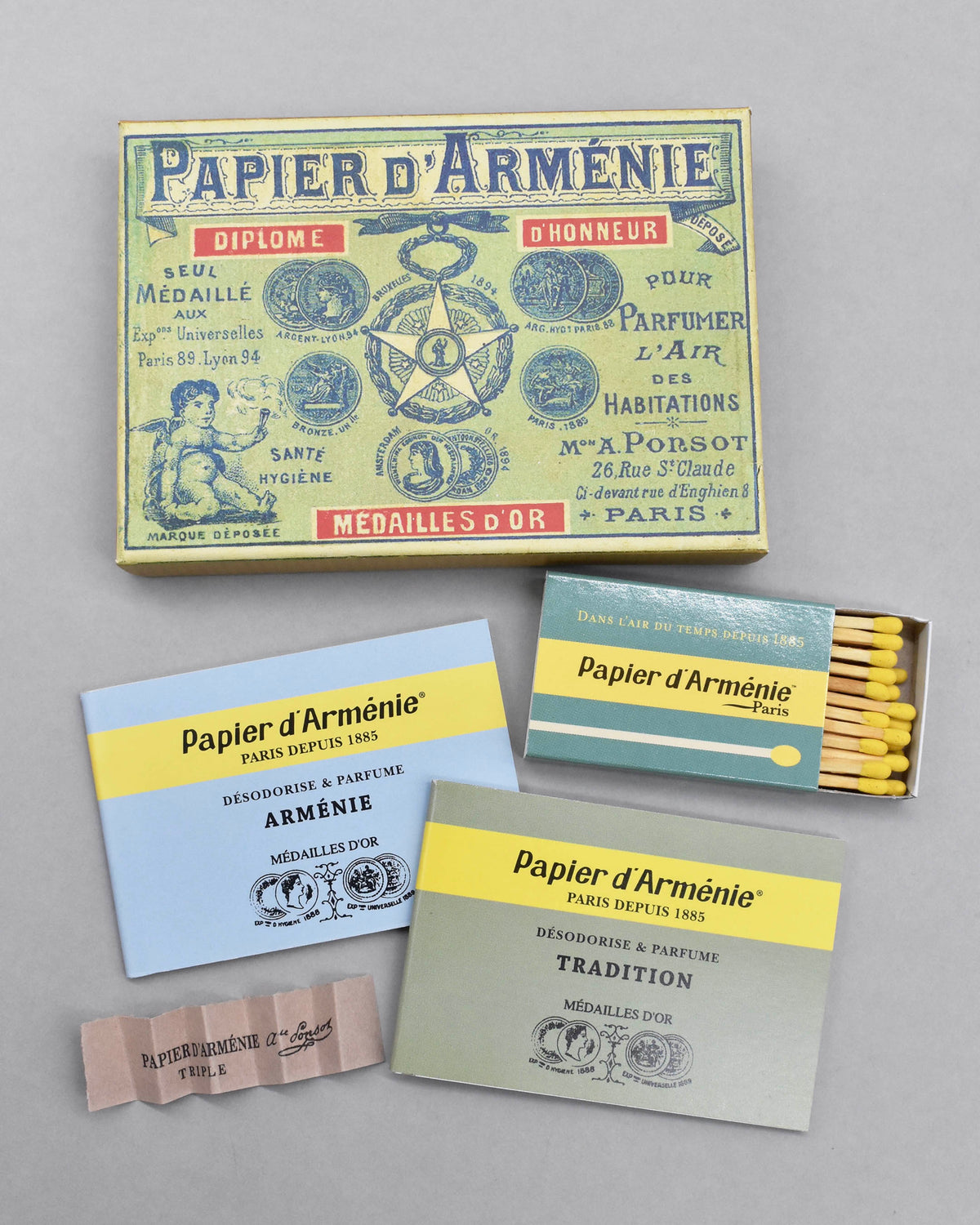
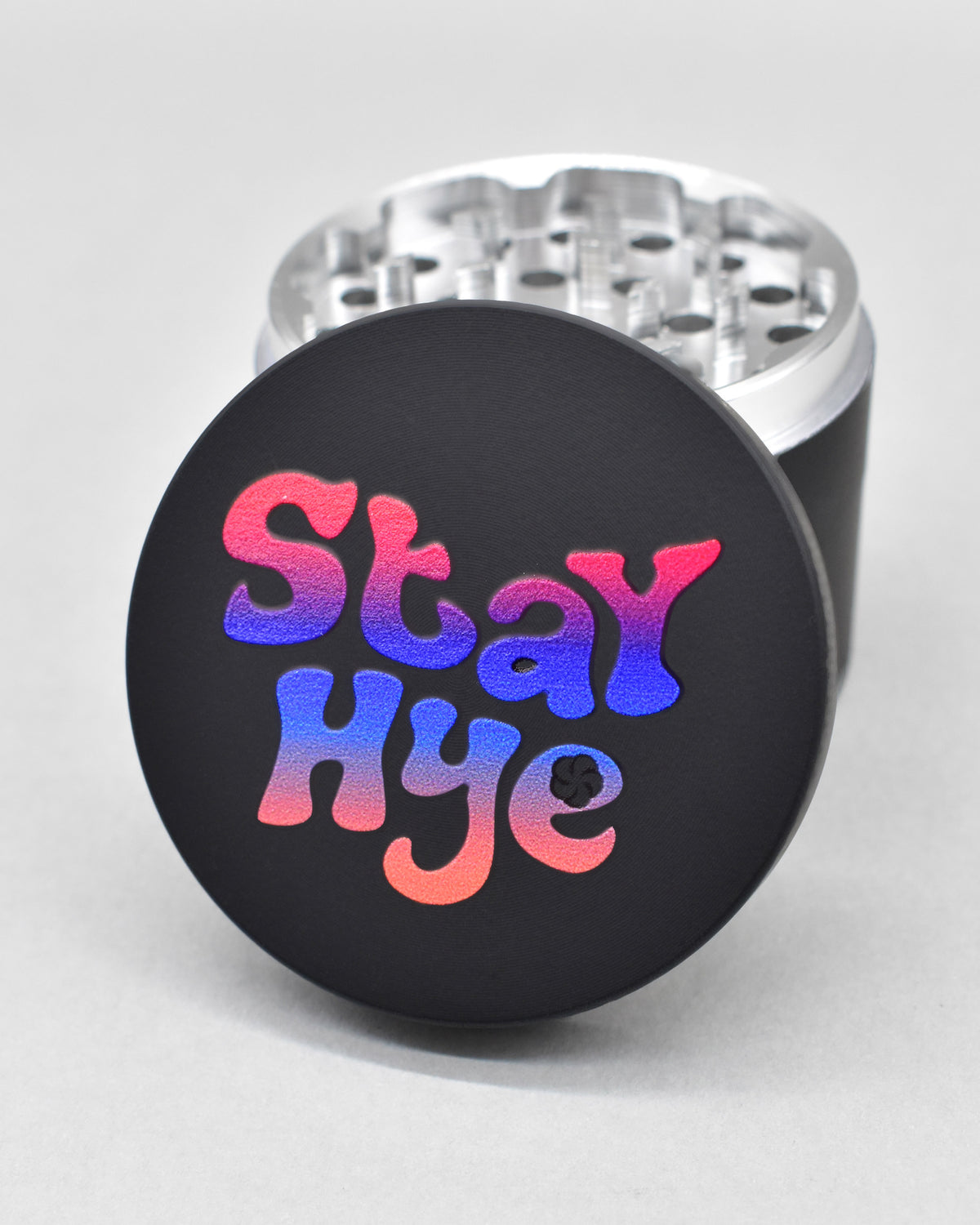
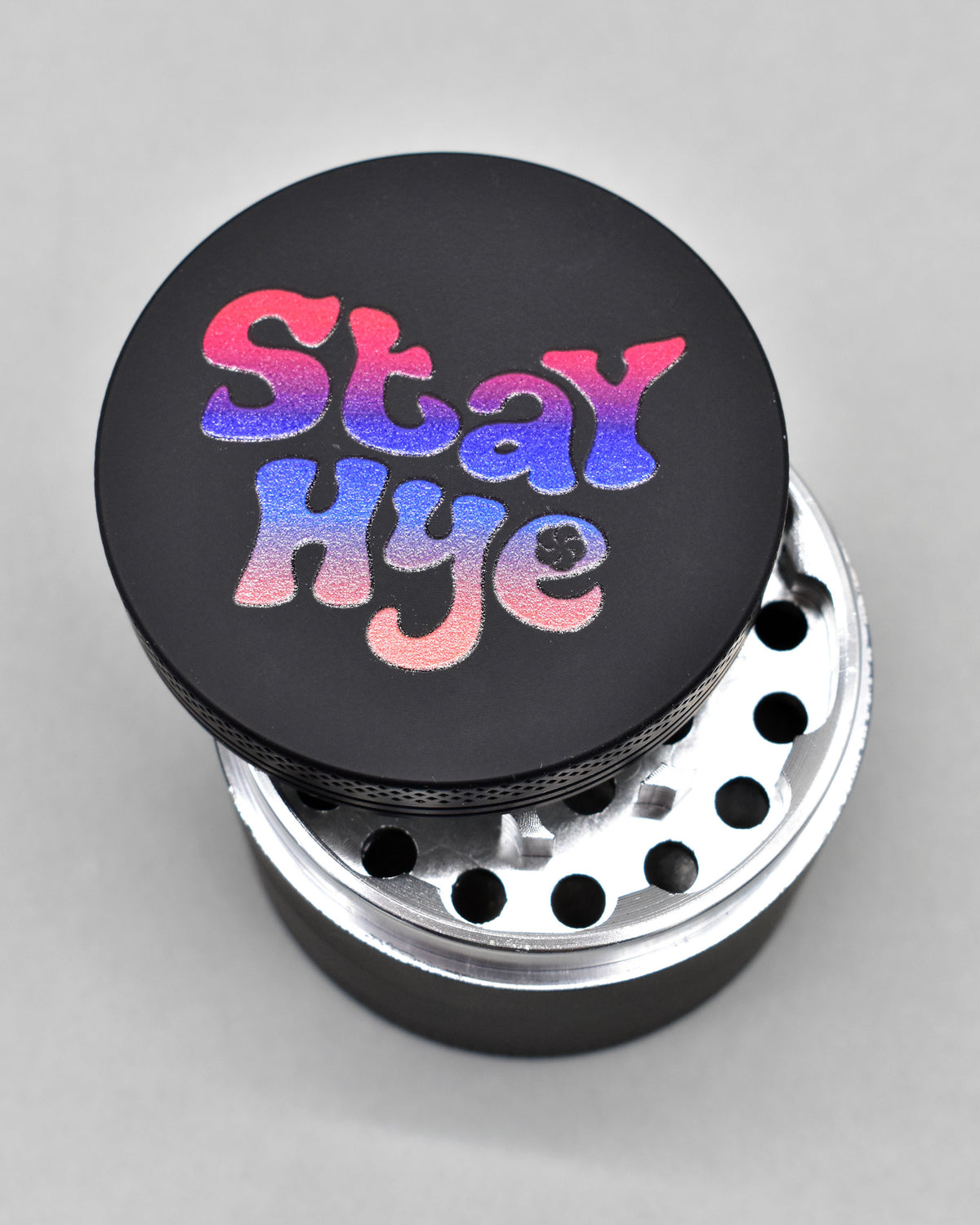
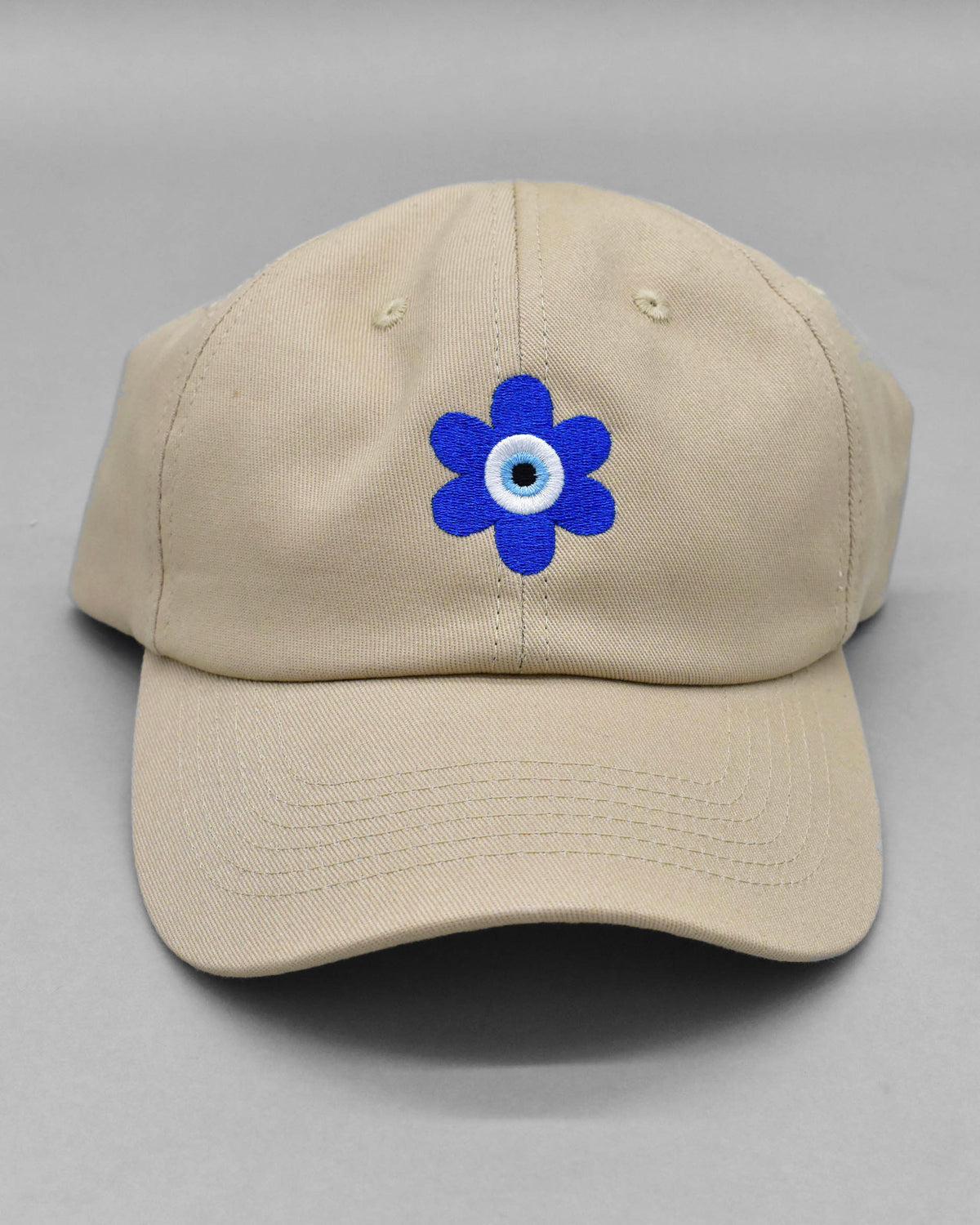
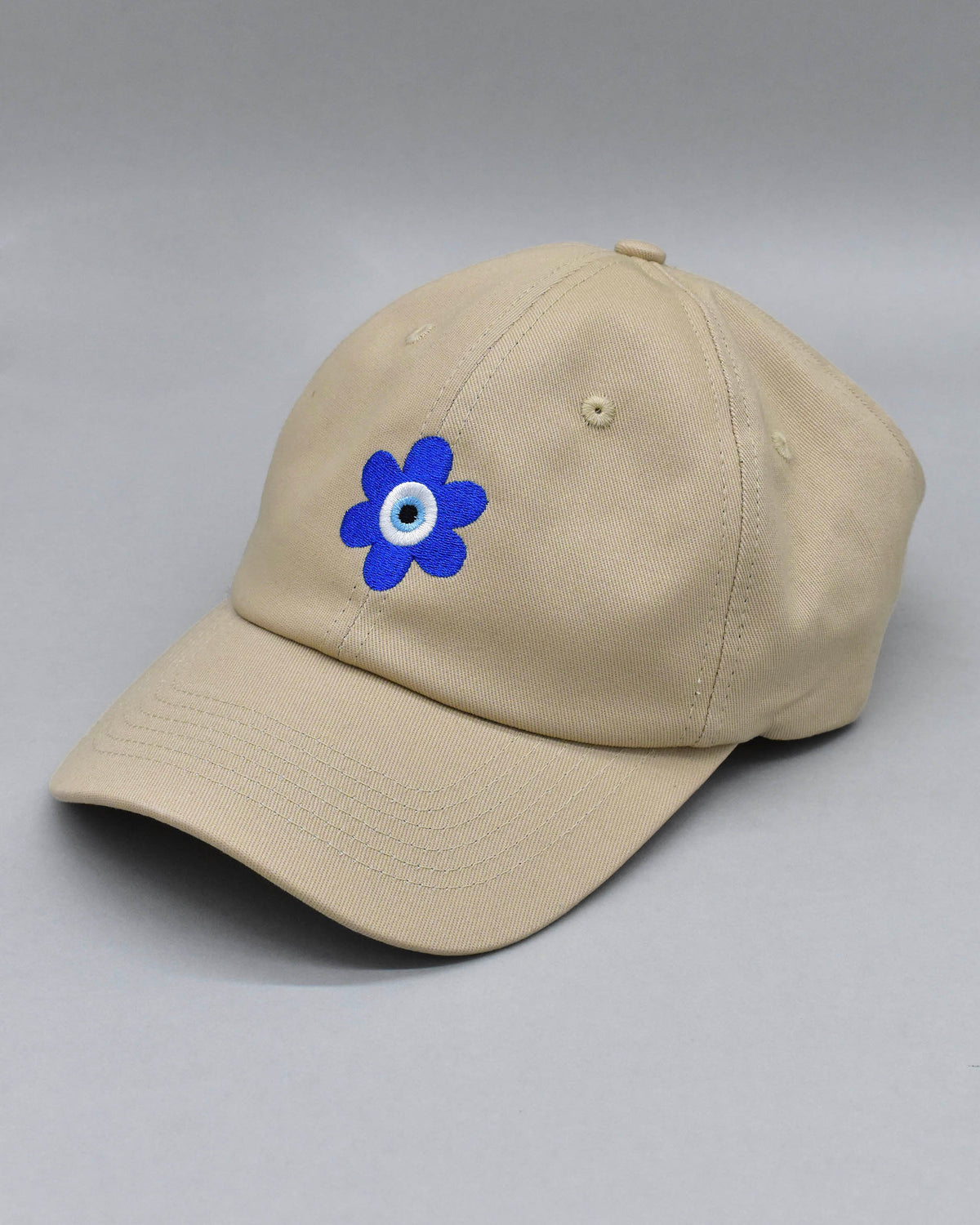
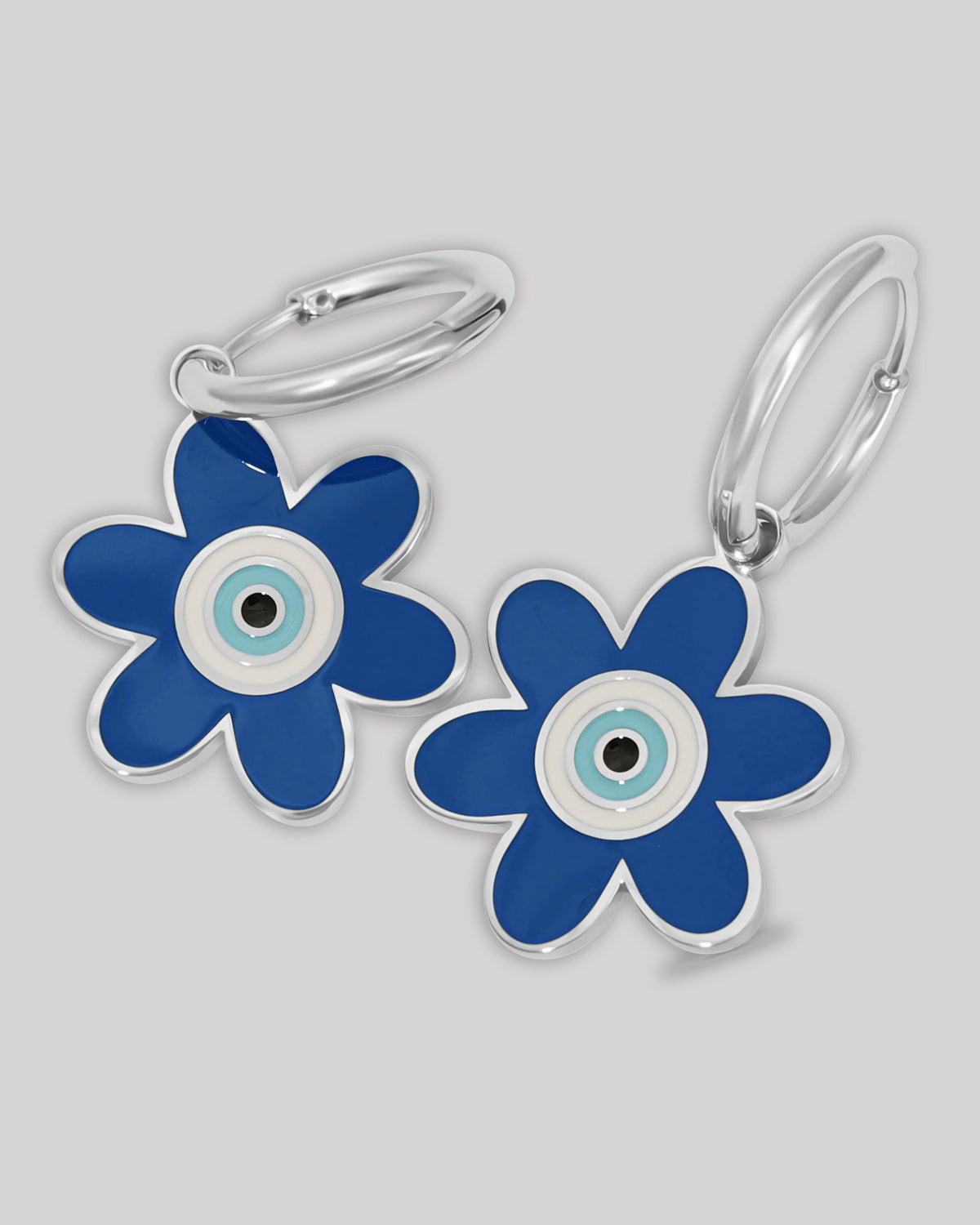

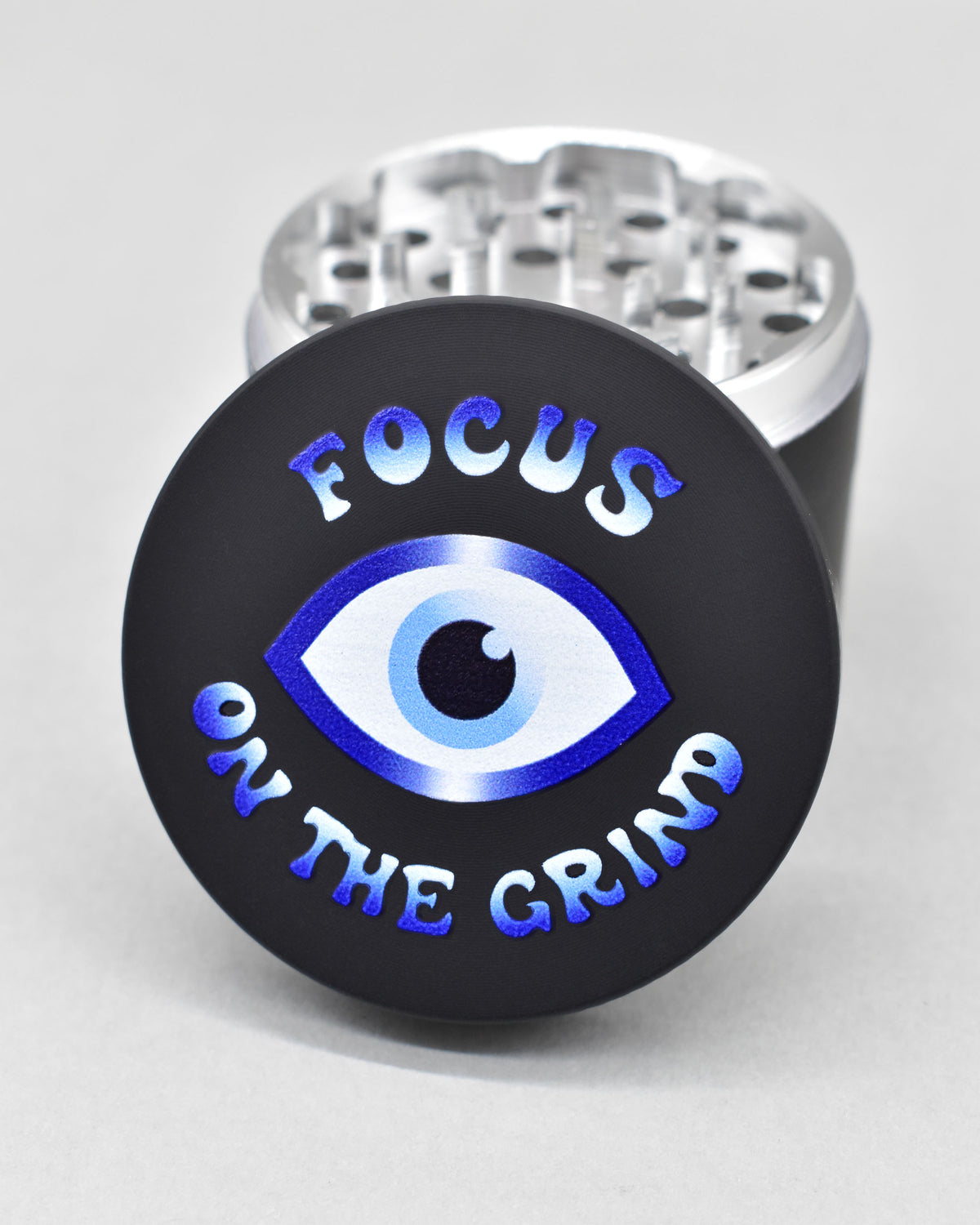
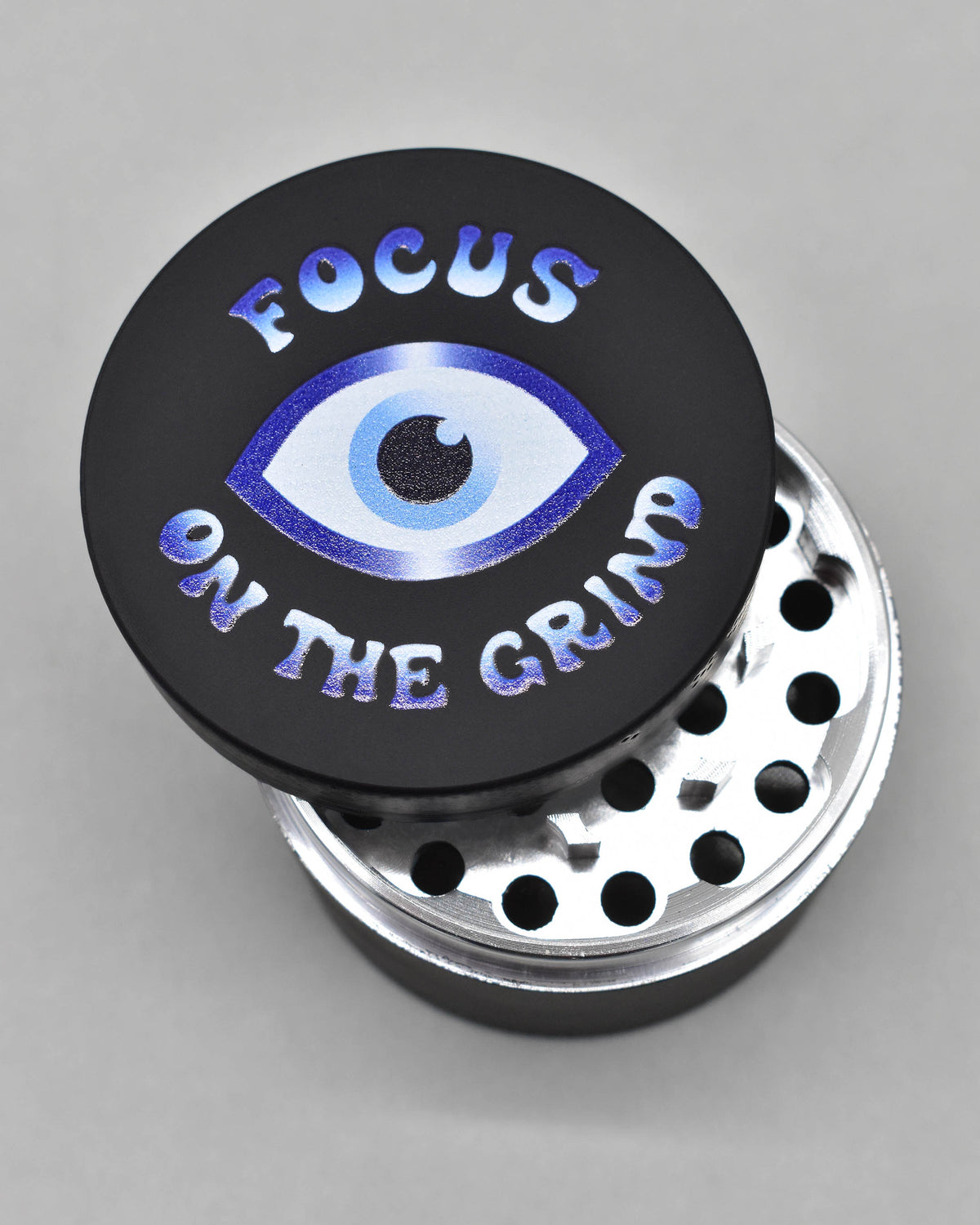


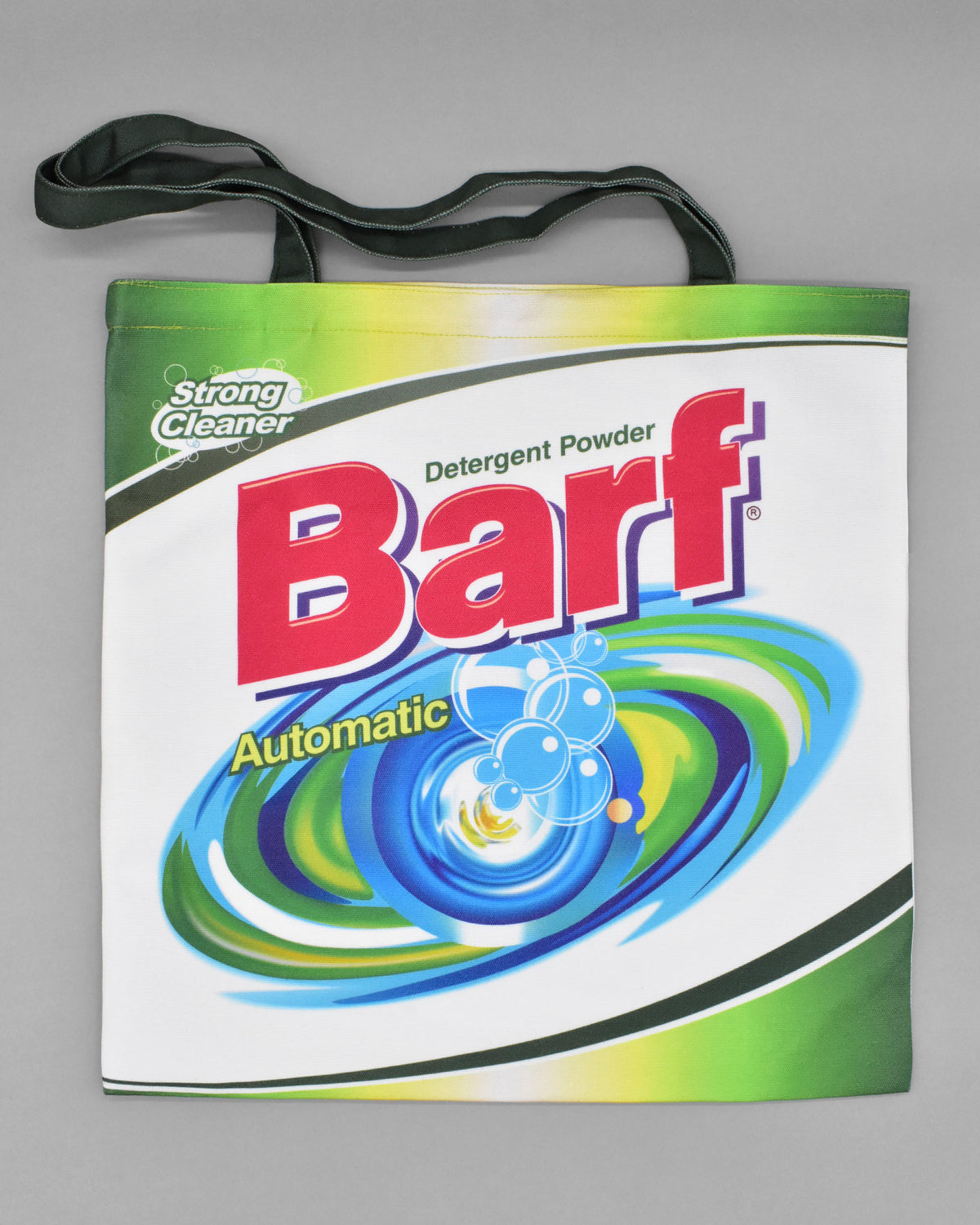
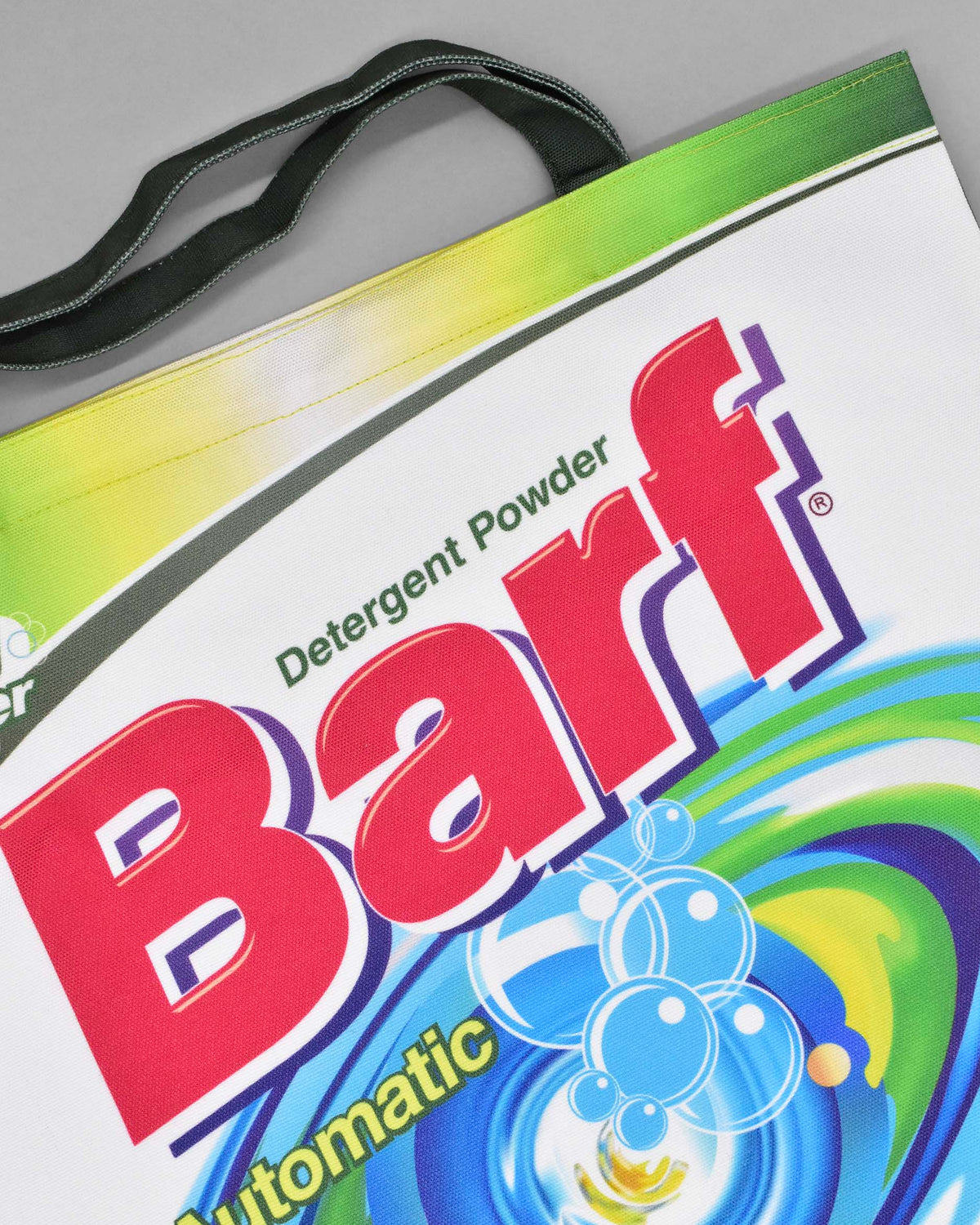
14 comments
A.Scoty
Pretty accurate. You can find Armenian Van Cats, or mid century name- Vanakatu, two-color eyed beauties tracing their origins as one of the oldest domesticated animals by the original locals, who were the first agriculturists of this cradle of civilization. Those cats are only from lake Van, as they love the weather and were domesticated thousands years ago by the those first agricultural communities. Certainly not Turks who invaded this region not that long ago. It is a fact, the DnA of Van’s original agriculturists matches the haplogroup of Armenians- stated by the ancestral DnA programs of National Geographic and Family Tree of Library of congress which matched the Armenians, as they call also the original anatolians, who were moving around the region spreading their agricultural experiences. It doesn’t matter what people want to call this cat, but it is a fact, stamped by artifacts in history this is a Vanakatu (Van -lake, katu -cat), known as Armenian Van cat, just like the Norwegian forest cat, or Egyptian Sphinx cat…
as much as people in Turkey are trained to hate Armenians, and taught to deny every existential facts, I’d suggest to run DnA test and not be surprised if you are an Armenian-Greek-Asssirian-maybe Kurdish or Turkish mix too…
I would adopt one of these cats any day .
Pretty accurate. You can find Armenian Van Cats, or mid century name- Vanakatu, two-color eyed beauties tracing their origins as one of the oldest domesticated animals by the original locals, who were the first agriculturists of this cradle of civilization. Those cats are only from lake Van, as they love the weather and were domesticated thousands years ago by the those first agricultural communities. Certainly not Turks who invaded this region not that long ago. It is a fact, the DnA of Van’s original agriculturists matches the haplogroup of Armenians- stated by the ancestral DnA programs of National Geographic and Family Tree of Library of congress which matched the Armenians, as they call also the original anatolians, who were moving around the region spreading their agricultural experiences. It doesn’t matter what people want to call this cat, but it is a fact, stamped by artifacts in history this is a Vanakatu (Van -lake, katu -cat), known as Armenian Van cat, just like the Norwegian forest cat, or Egyptian Sphinx cat…
as much as people in Turkey are trained to hate Armenians, and taught to deny every existential facts, I’d suggest to run DnA test and not be surprised if you are an Armenian-Greek-Asssirian-maybe Kurdish or Turkish mix too…
I would adopt one of these cats any day .
GLORIA HACHIGIAN-ERICSEN
WHERE CAN I GET ONE OF THESE KITTYS?
WHERE CAN I GET ONE OF THESE KITTYS?
Inan
Cat is a cat. They’re not Turkish, neither Armenian nor Kurdish. You nationalistic idiots. Cats have no nations.
Cat is a cat. They’re not Turkish, neither Armenian nor Kurdish. You nationalistic idiots. Cats have no nations.
John Owens
We rescued a Turkish van.
He is unbelievable running down the hall ,clearing 3 steps then over 2 sofas on to the window seal non stop. He is a trip turning twice in mid air chasing a mouse on a wand
We rescued a Turkish van.
He is unbelievable running down the hall ,clearing 3 steps then over 2 sofas on to the window seal non stop. He is a trip turning twice in mid air chasing a mouse on a wand
Martin
it’s not a Turkish cat. It’s a Kurdish cat. It’s Kurdish Van Cat
it’s not a Turkish cat. It’s a Kurdish cat. It’s Kurdish Van Cat
Bedros Bandazian
Most interesting information about the VAN Cat It should not be called a Turkish Cat. The VAN Cat was there long before the Turks came into the area as Mongol Invaders. We need to start a campaign and inform the Cat Society about this and the Cat should be called the Armenian VAN Cat
Most interesting information about the VAN Cat It should not be called a Turkish Cat. The VAN Cat was there long before the Turks came into the area as Mongol Invaders. We need to start a campaign and inform the Cat Society about this and the Cat should be called the Armenian VAN Cat
Bedros Bandazian
Historically and accurately the Cat must be called Armenian Van Cat. Giving it a Turkish name is another consequence of tradgy resulting from the Armenian Genocide of 1915
Historically and accurately the Cat must be called Armenian Van Cat. Giving it a Turkish name is another consequence of tradgy resulting from the Armenian Genocide of 1915
Sophia Akopyan
Gorgeous😍😍 cat and very informational article! This cat is in fact originally from Armenia, despite it being called the turkish Van Cat
Gorgeous😍😍 cat and very informational article! This cat is in fact originally from Armenia, despite it being called the turkish Van Cat
Wesley J Westphal
They are so gorgeous, which begs the question of “Where can I get one?”
They are so gorgeous, which begs the question of “Where can I get one?”
Linda "lu"
I am grateful to have owned 5 of them in my lifetime. My latest as an INstagram! “Mr.Nomo.d.Balsac” and he is a HOOT! so much KEF in him! (I have also tattoo’d my babies on my back with their names in Armenian Alpha Love my Vanetzees!!
I am grateful to have owned 5 of them in my lifetime. My latest as an INstagram! “Mr.Nomo.d.Balsac” and he is a HOOT! so much KEF in him! (I have also tattoo’d my babies on my back with their names in Armenian Alpha Love my Vanetzees!!
Andrew Fitzherbert
I am neither Turkish nor Armanian, nor Christian nor Moslem, but I am Australian. But I know the history of the Turkish genocide of the Armanian People. I am pleased to know that the Van Cat was for millenia Armanian, in spite of it being called “Turkish Van” today
I am neither Turkish nor Armanian, nor Christian nor Moslem, but I am Australian. But I know the history of the Turkish genocide of the Armanian People. I am pleased to know that the Van Cat was for millenia Armanian, in spite of it being called “Turkish Van” today
Camille
Enjoy your website and products. Will you be offering additional of the mustached Van cat?
Enjoy your website and products. Will you be offering additional of the mustached Van cat?
John
Fascinating
Fascinating
Robert Archigian
Thank you for such interesting input🎶🎶🎶👍👍😎
Thank you for such interesting input🎶🎶🎶👍👍😎